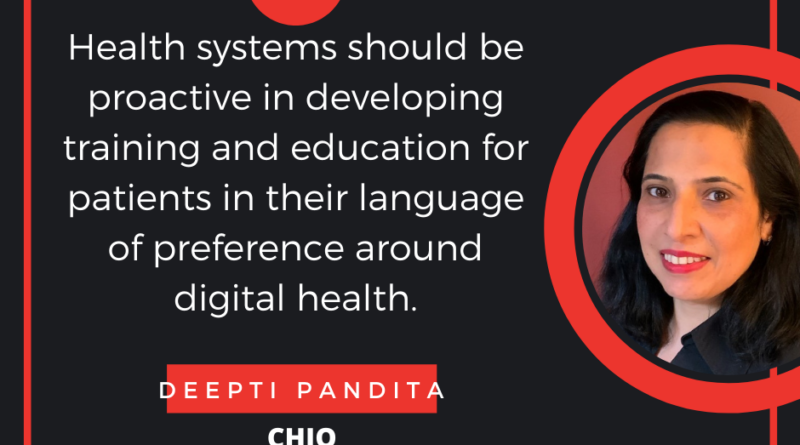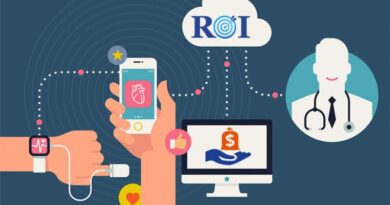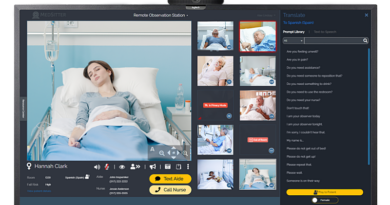Telehealth and Addressing Health Equity
By Deepti Pandita, CHIO , Program Director Clinical Informatics Fellowship, Hennepin County Medical Center

With the onset of the COVID-19 pandemic and the inaccessibilityof in-person healthcare, healthcare systems feverishly launched a robust outreach to their patients via telehealth. For some health systems, this meant scaling up their pre-existing capabilities, while for others, it is scaling up from zero telehealth capability in a very short span of time.
As the largest safety net healthcare system in the state of Minnesota, we at Hennepin Healthcare faced the same challenge of connecting with our patients. We scaled up telehealth at a rapid pace, but what we learned over time is that standing up telehealth from an IT standpoint is the easy part; adoption by diverse populations is an entirely different challenge driven by a myriad of factors. The end result is a divide in terms of equity of access to healthcare for certain communities.
Equity in health is the absence of systematic disparities in health. The underlying factors could be social determinants of health such as income, education, geographic location, and with the advent of telehealth- the access to digital tools.
Our own data at Hennepin Healthcare shows that while 35% of our patients identify as racial/ethnic minorities, only 8% of these groups participate in telemedicine. Our root causeillustrates some factors that might explain this.
Limited English proficiency is a key factor in our analysis. Most telehealth setups need third party systems for video links or need access to the healthcare system’s patient portals, which are typically available in English only. It takes dedicated staff to help non-English speakers navigate and understand the setup, and there are additional steps if an interpreter is needed during the visit, which again needs third-party systems and setup.
Digital access is another barrier we identified; even if patients have a device—typically a smartphone—they do not have access to broadband or the internet. Even if they do, it can be of poor quality, and not able to support a video call. The virtual experience should ideally happen over a bigger screen such as a tablet or computer so the Clinician can actually visualize the patient and do a “virtual” exam. Our patients did not have access to such devices.
We also identified cultural barriers that are tied to health literacy among certain populations. For example, we have a large number of women of a particular ethnic minority who refuse to be available on video unless chaperones are present as it violates their cultural norms. Some members of our Latino population have voiced concerns that they could be taped on camera as there is a fear in these populations about being taped. Some elderly patients have limited dexterity and digital knowledge, making it difficult to navigate video calls via a telehealth portal.
So what can be done to bridge this gap? Will telemedicine always cater to the fortunate few and further widen the disparity in accessing equitable care?
It is imperative that every healthcare system is data-driven, collecting information regarding the distribution of telemedicine visits by race, ethnicity, and language. From this information, healthcare systems can identify trends in data and implement appropriate, specific solutions. We have added race, ethnicity, and language data to revenue cycle reporting for all our ambulatory visits.
It is also essential to engage patients through community-needs surveys to get their perceptions around barriers for telehealth. Health systems should be proactive in developing training and education for patients in their language of preference around digital health. County and state resources to inform patients about low or free broadband in their area would be helpful. Increasing leadership awareness to mitigate barriers to telehealth is very helpful in raising the issue at the county, state, and federal levels for awareness and mitigation.
Advocacy and legislative efforts are also crucial to bridging the gap in telehealth access for marginalized populations. We know we may not get to 100% digital literacy or access to digital tools for all patients. Hence, making permanent the current parity payment for video vs telephone visits is vital as we know even if a patient does not have a video-capable device, they usually have access to a telephone. Expansion of free broadband and internet services would help increase video interaction availability. Advocacy within state and local health departments for State Medicaid rules to align with CMS and commercial payers around telehealth policies and payments would encourage Care systems to engage more in virtual care for the patients enrolled in state programs.
One strength of telehealth which can help to resolve the equity issue is that it bridges the gap in access to timely care in terms of geography, and provides care to rural residents. They typically would not be able to travel or find a specialist or a care provider in their vicinity.
These strategies will help to increase the reach and adoption of digital medicine by these vulnerable patient populations. Without acknowledgment of the barriers to telehealth implementation and adaptation of appropriate strategies, we will continue to exacerbate the challenge of providing equitable care to vulnerable populations.



